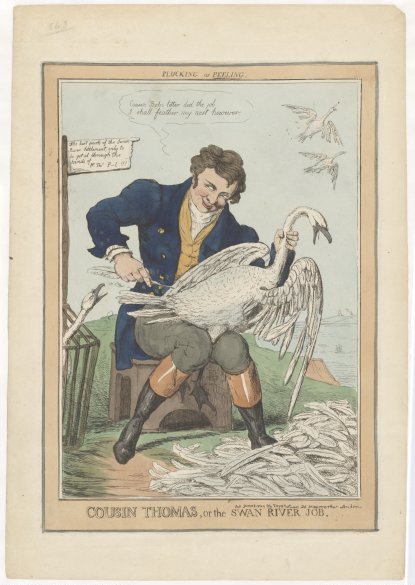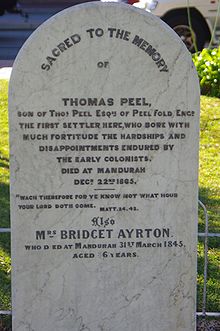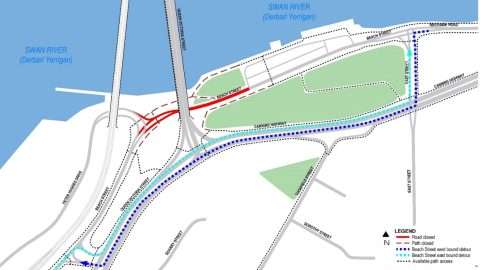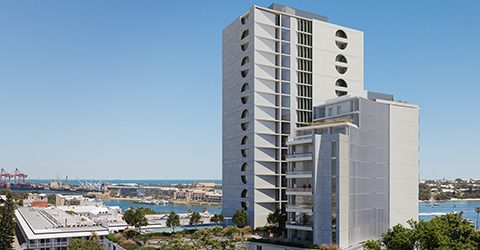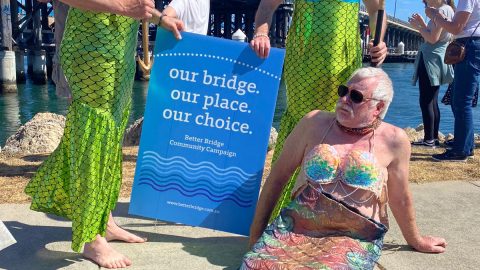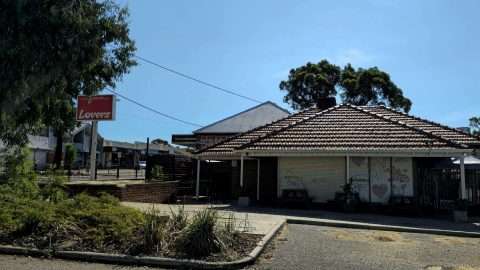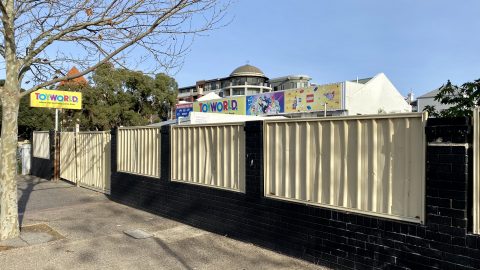One of Western Australia’s earliest known European settlement sites south of Perth has been included in the State Register of Heritage Places.
Located within the Beeliar Regional Park in Henderson, Peel Town Archaeological Sites comprises 43 hectares of coastal vegetation containing a rich suite of archaeological sites dating back to 1829-30, including some sites within the Naval Base Caravan Park area.
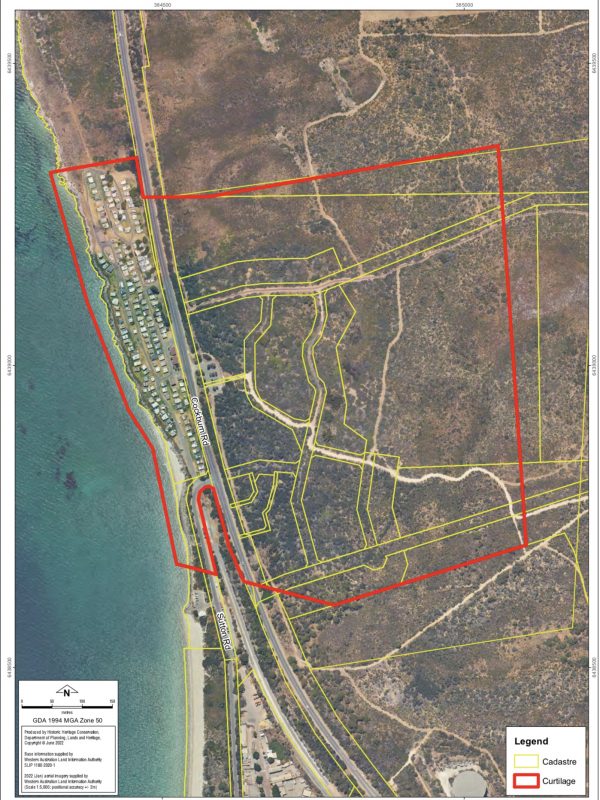
First discovered 15 years ago, the sites are considered a rare example of a settlement during the earliest phase of the Swan River Colony.
The place is a significant reminder of the global spread of the British Empire and some of the material uncovered include limestone tent pads, porcelain plates, limestone and brick hearths and other dwelling remains.
With the sites now afforded permanent protection and recognition, they have the potential to provide even further valuable information about this phase in WA’s history.
Heritage Minister David Templeman, in announcing the heritage registration today, said –
“Peel Town Archaeological Sites help to tell the story about what life was like in the Swan River Colony over 190 years ago.
“Occupied by British settlers brought to the colony by Thomas Peel, the settlement itself was unsuccessful due mainly to poor planning, but the remnants left behind offer us a truly fascinating insight into early colonial times.
“The knowledge we gain through studying sites such as these deepens our understanding of the world as it was when the colony that became Western Australia was in its infancy.”
Kwinana MLA Roger Cook, in whose electorate the place is, observed –
“The Peel region, or Biajareb as it is known by the Noongar community, has a rich history going back at least 60,000 years and this latest find is relatively new in comparison.
“It is a fascinating part of our local story and I am pleased to hear that it has been included in the State Register of Heritage Places.”
The STATEMENT OF SIGNIFICANCE to be found on the State Register of Heritage Places states –
Peel Town Archaeological Sites, situated within the Beeliar Regional Park and comprising an area of approximately 435,000m2 (43.5 hectares) of coastal vegetation containing archaeological sites dating to the c.1829-30 occupation by Peel’s settlement group, including limestone tent pads, hearths constructed from limestone and brick, other remains of dwellings constructed from various materials including timber and canvas, and associated artefacts and features, as well as the shacks and campsites within the Naval Base Caravan Park, has cultural heritage significance for the following reasons:
* the place is associated with an important phase in world history, that of the continuing spread of the British Empire across the globe, and represents the establishment of British colonies in the far flung reaches of the Empire, often with ill-conceived polices unsuited to the circumstances and realities of the colonial experience;
* the place, and its associations with the latter phase of the spread of the British Empire across the globe, has the potential to provide valuable information about this formative phase in Western Australian history; the place is one of the earliest settlement sites in Western Australia;
* the place is rare as an example of a frontier settlement representing the earliest phase in the Swan River Colony’s foundation, and as an extensive and intact archaeological site dating to the c.1829-30 period; the material uncovered during the archaeological investigation of the site, and its analysis in the context of the spread of the British Empire across the globe during this period, has a high degree of comparative potential in understanding the colonial experience on a global scale; the place is a direct consequence of the British Government’s aspirations to establish the Swan River Colony as a ‘free’ settlement and reflects the government policies enacted in an attempt to make this a reality; and,
* the place is associated with prominent settler Thomas Peel and his unsuccessful settlement scheme.
In the accompanying statement of the history of the place it is stated –
Thomas Peel proposed that a township to be known as Clarence be established at Woodman Point. Early maps show the Clarence Town site occupying the area between Cockburn Sound and Lake Coogee. Peel brought 490 settlers with him from England on the Gilmore in order to establish his new colony.
Owing to a series of disasters and mistiming the settlement was abandoned within three years, leaving approximately sixty graves behind.
However, there is some dispute as to where exactly Western Australia’s earliest arrivals established Clarence Town in 1829. For many years it was believed the site was at Woodman Point, about 10km south of the port city.
However, Notre Dame archaeologist Dr Shane Burke claims the archaeological evidence shows Clarence was at Mt Brown, about 8km south of Woodman Point.
Dr Burke has unearthed many artefacts, from bottles and coins to limestone structures believed to be part of settlers’ homes.
The site also contains a gravesite with what Dr Burke claims are the remains of settlers, mostly women and children, who succumbed to the harsh and isolated conditions.
However, historians Pamela Statham Drew and Ruth Marchant James disagree with Dr Burke, and state that Clarence was at Woodman Point and the area Dr Burke excavated was a small settlement made by people moving away from the initial camp in 1830.
Fascinating stuff, which will no doubt have people re-reading Alexandra Hasluck’s fascinating biography, Thomas Peel of Swan River.
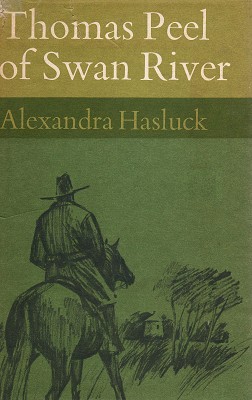
* By Michael Barker, Editor, Fremantle Shipping News
WHILE YOU’RE HERE –
PLEASE HELP US TO GROW FREMANTLE SHIPPING NEWS
FSN is a reader-supported, volunteer-assisted online magazine all about Fremantle. Thanks for helping to keep FSN keeping on!
** Don’t forget to SUBSCRIBE to receive your free copy of The Weekly Edition of the Shipping News each Friday!
